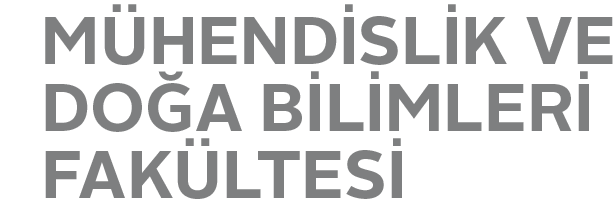
Speaker: Cleva Ow-Yang, Sabancı University
Title: Elucidating Mechanisms of Long Afterglow in Ceramics at Atomic Scale
Date/Time: December 11, 2019 / 13.40-14.30
Place: FENS G032
Abstract: Zero energy consumption lighting is an attractive solution for efforts to live more sustainably with lower carbon consumption. One opportunity is the use of extremely long afterglow pigments in construction materials. To meet this challenge, my research team and team of collaborators have been developing long afterglow ceramic pigments, based on the structural design rules that enable Eu 2+ , Dy 3+ , and B co- doped strontium aluminate to support its well-known extreme afterglow. To elucidate these structural requirements, we began by focusing on the optically active Eu 2+ ion, work that was begun by Blasse (1968) and more recently by Dutczak (2015). To understand the role of B in extending afterglow > 14 h, we examined how co-doping with Dy produces a structure that offered 10 minutes of afterglow, through the work of Matsuzawa (1996) and Nakazawa (2006), and the impact of B on their models. Finally, we evaluate the validity of a model in which clustering of the ionic point defects offer the extreme afterglow, through experiments to probe the effect of B on the microstructural evolution, dopant chemistry, and dopant distribution. I will conclude by summarizing our current model of the material structure supporting long afterglow.
BIO: Prof. Dr. Cleva Ow-Yang is a Professor of Materials Science and Engineering at Sabanci University. Her research team develops optical materials via design based on their structure-property relationships. To elucidate material structure, they apply a breadth of imaging and analytical electron microscopy techniques, among other exciting new materials characterization methods, often in collaboration with the Jozef Stefan Institute, CNRS-LPS, Gebze Technical University, Aoyama Gakuin University, University of Nova Gorica, and Max-Planck-Institute for Solid State Physics, and in the framework of TÜBİTAK, FP7, and COST programs. Dr. Ow-Yang’s academic career began with a B.Sc. degree from MIT, followed by M.Sc. and Ph.D. degrees from Brown University—all in Materials Science and Engineering. She was a Chauteaubriand Postdoctoral Fellow at Thomson-CSF (now Thales) in Orsay, France and Alexander von Humboldt Fellow at the Max Planck Institute for Metals Research in Stuttgart, Germany. Prior to joining Sabanci University, she developed the failure analysis program for semiconductor diode lasers in the R&D Department of JDS Uniphase (now Lumentum).
Contact: Emre Erdem

